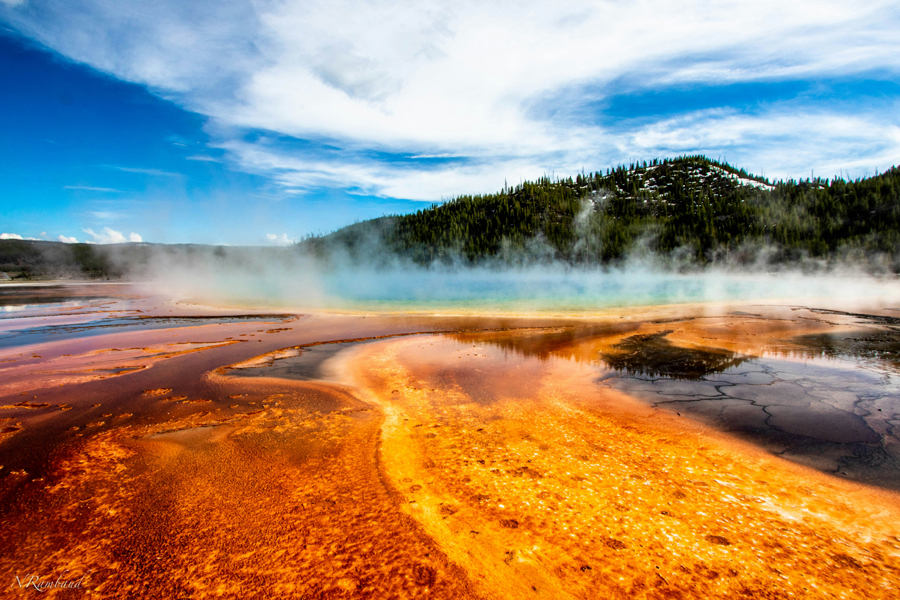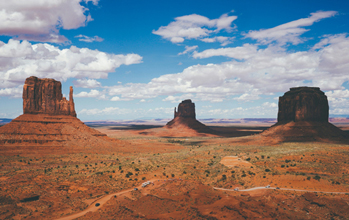By Mary Hiernard, travel expert at Saint-Barth Évasion.
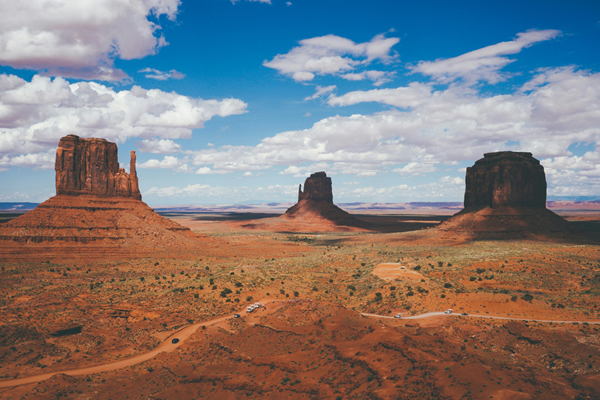
Traveling through the American West usually means hitting Route 66, exploring Los Angeles and Las Vegas, or visiting legendary national parks like the Grand Canyon and Death Valley. But did you know there’s another side to the West? A quieter, lesser-known world, just as breathtaking but far from the crowds?
Most road trips follow the same route between Los Angeles and San Francisco.
But have you heard of Monument Valley? Lake Powell? Page, Antelope Canyon, or Flagstaff? What about Sedona, Bryce Canyon, Kanab, or Yellowstone? These hidden treasures may not be as famous, but they are just as spectacular.
Let’s hit the road!
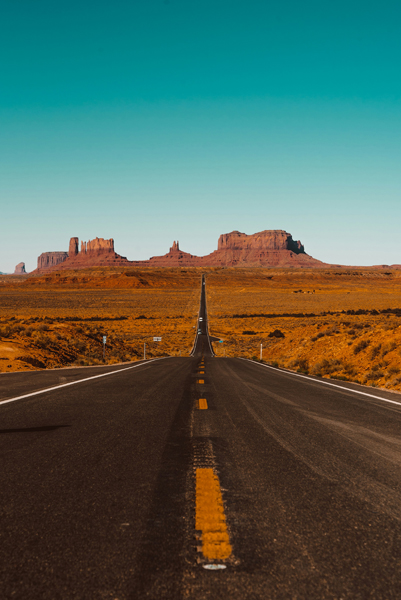
A mythical and unforgettable place, dive into the heart of Western films in John Ford’s world and admire the blood-red hills, the immense natural chimneys, and the many wild buttes. This site is an integral part of Navajo territory, an Indigenous people of North America. Monument Valley is a natural site located on the border between Arizona and Utah. It is remarkable for its geomorphological formations composed of mesas and buttes. West Mitten Butte, East Mitten Butte, and Merrick Butte, the three famous orange-red sandstone monoliths, rise about 300 meters above the valley.
Next, we head toward the majestic Lake Powell. But first, a quick stop in Page. Page isn’t the most charming town. Built in the 1950s for workers constructing the Glen Canyon Dam, it has little vegetation and no real character. Yet its location makes it an essential stop. From here, you’re just a couple of hours from the Grand Canyon, Monument Valley, Bryce, and Zion.
Lake Powell, an artificial lake created on the Colorado River by the Glen Canyon Dam, was completed in 1963. It is best known for Rainbow Bridge, the largest natural stone arch in the world, accessible only by boat.
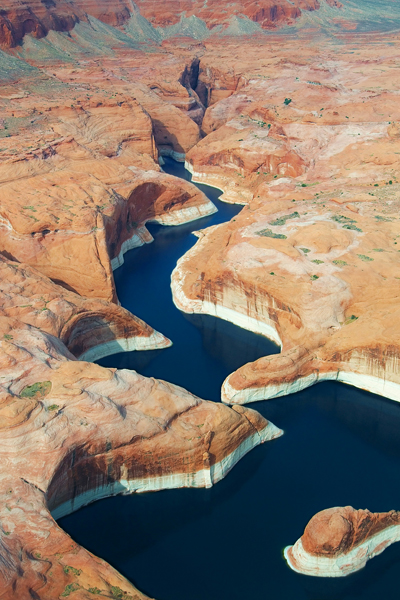
Flagstaff, a small town in Arizona, sits on the edge of the Colorado Plateau, near the San Francisco Peaks, the highest mountain range in the state.
Bryce Canyon may not be as famous, but it is considered one of the most beautiful national parks in the United States. It is ideal for hiking, with well-marked trails, and is famous for its reddish hoodoos. The best times to take in the landscape are sunrise and sunset.
Antelope Canyon, a winding section of the Colorado River, consists of two distinct canyons: Upper Antelope Canyon and Lower Antelope Canyon. Still belonging to the Navajo people, it is made up of narrow rock crevices and faults sculpted by erosion, where sunlight enters and reflects on the walls.
Yellowstone, a UNESCO World Heritage Site, is the only national park that stretches across three states: Wyoming, Idaho, and Montana. It is the oldest national park in the world. To give you an idea of its size, its surface area exceeds that of Corsica.
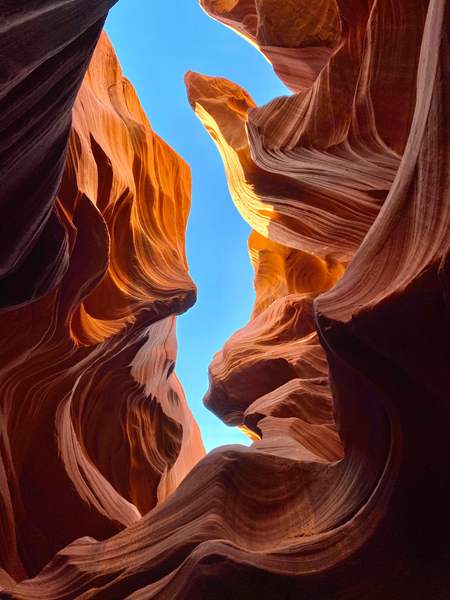 Yellowstone is famous for its geothermal activity, home to two-thirds of the world’s geysers as well as many hot springs. The rainbow-colored waters of Old Faithful, the park’s most famous geyser, will leave you in awe.
Yellowstone is famous for its geothermal activity, home to two-thirds of the world’s geysers as well as many hot springs. The rainbow-colored waters of Old Faithful, the park’s most famous geyser, will leave you in awe.
One of the last hidden gems on our journey is Joshua Tree National Park, where the Colorado and Mojave deserts meet. The park is home to a unique species of yucca, which can grow several meters tall and is known for its ability to survive wildfires. It’s one of the best places to wander among towering cacti and surreal desert landscapes.
We end our journey through time in Calico, a ghost town in the Mojave Desert. Founded in 1881 during the gold and silver rush, its abandoned mines are a haunting reminder of a bygone era. Deserted in 1907, the town was rebuilt in the 1950s and is now a historic site open to visitors.
A complete change of scenery awaits at Yosemite National Park, nestled in the Sierra Nevada mountains of California. Towering granite domes and breathtaking waterfalls attract hikers and climbers from around the world. Rivers, cascades, and dense forests provide a sanctuary for countless animal and plant species, including the iconic giant sequoia. A true high-mountain paradise, far removed from the red and arid landscapes we’ve seen so far.
And the best part? This is just a glimpse of what’s waiting to be explored!
So, grab your passport, check your ESTA, and set off to explore the American West!
